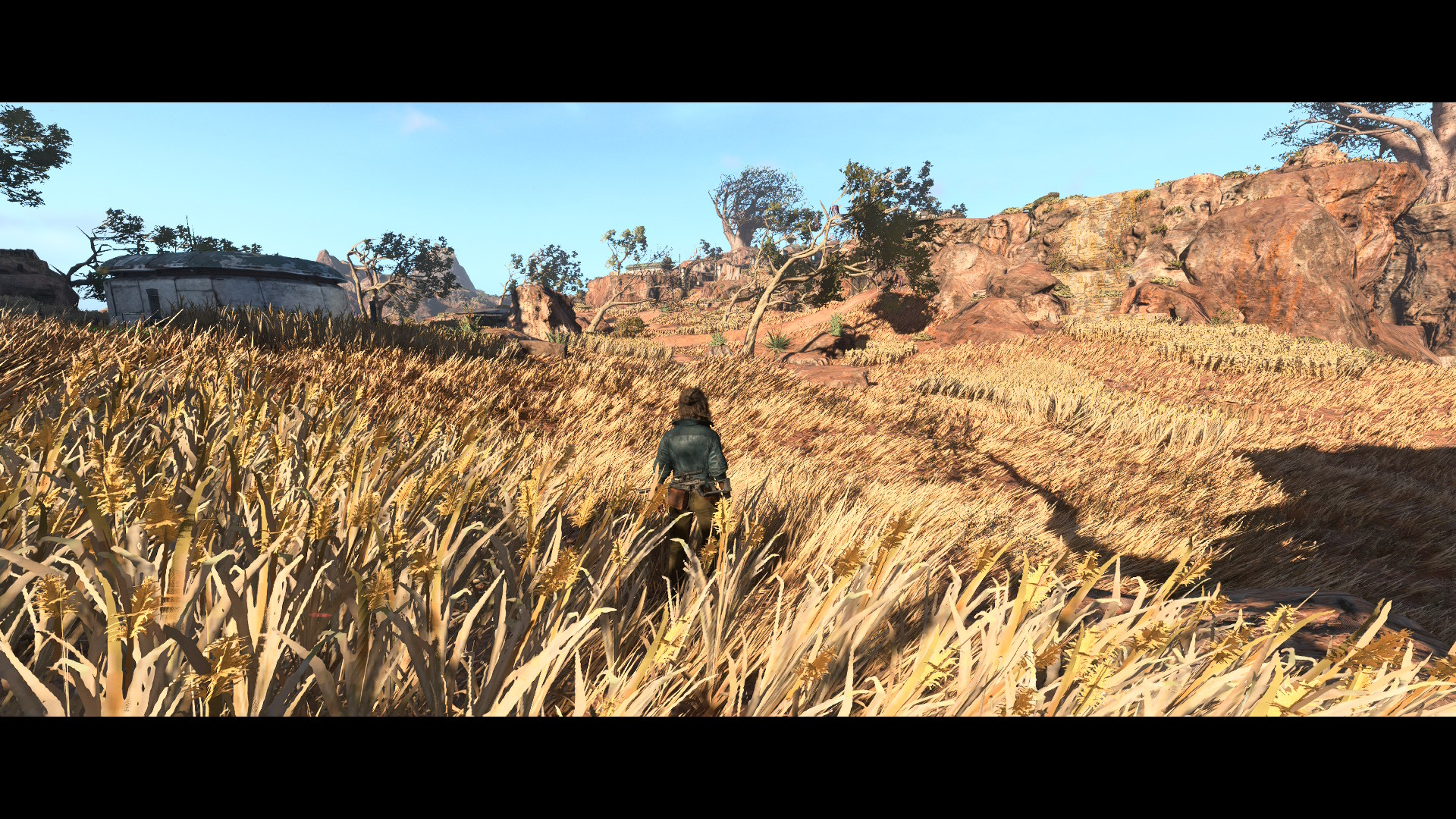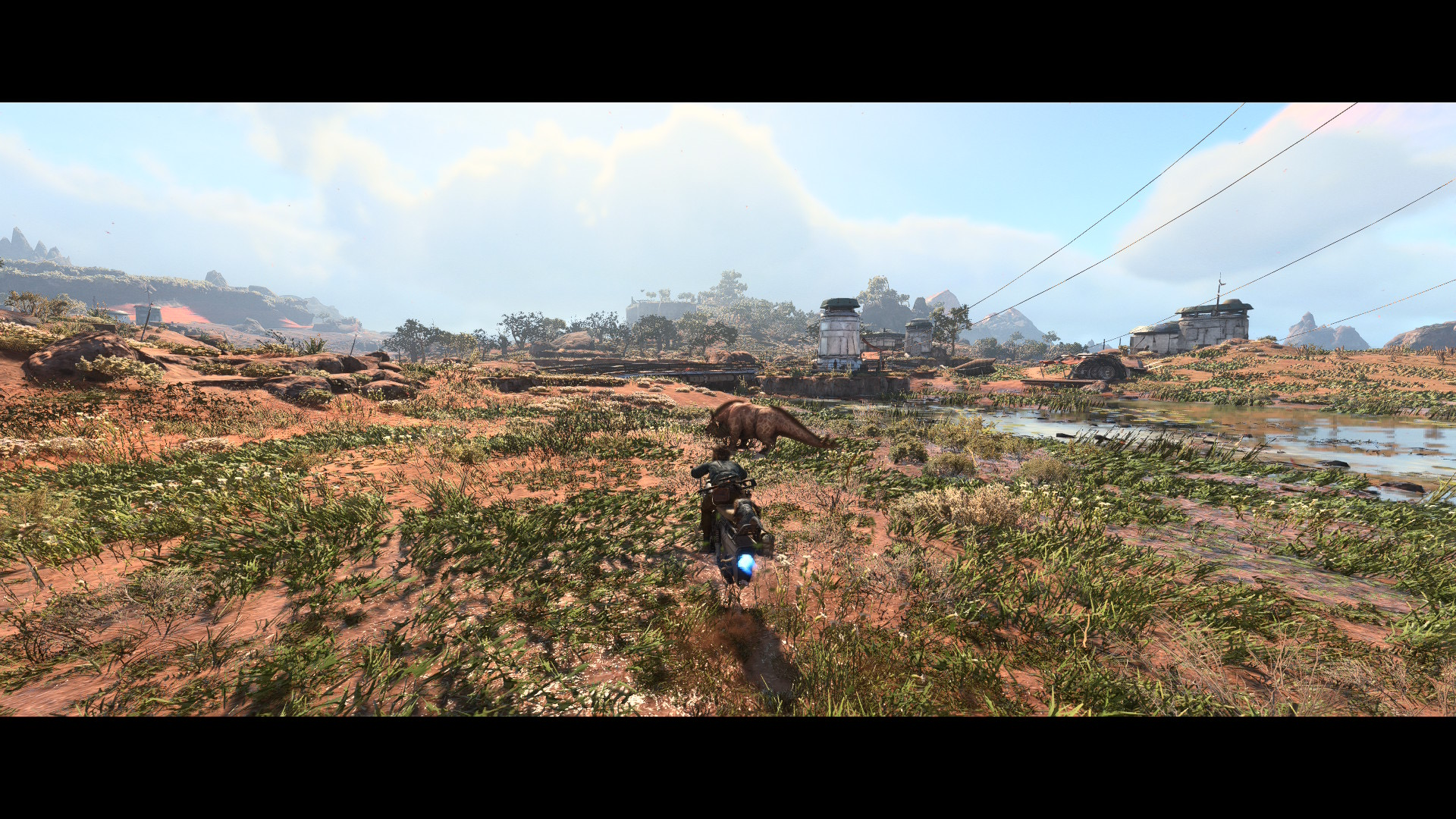The fact that it runs at this low framerate on switch 2, 30fps 540-720p with bugs present where you have bad pop-in, framerate hitches, and severly cut back visuals is itself them being lenient on poor framerates, IQ and visual cutbacks. Especially when they are talking about docked play specifically for reasons unknown. The existence of the Series S does nothing to make that Switch 2 experience better just because a bad performing console exists this gen too. Besides weren't you just talking about price and time of release? Series S is cheaper than Switch 2 and released 5 years ago while still providing a better experience vs docked Switch 2. In fact the Switch 2 version has the same "framerate hitches" which they complained about before which they don't mention now on Switch while providing superior visuals on Series S.
The question we're addressing is not whether the Switch 2 is good value for money compared to the Series S, nor whether it should have been faster still because it released much later when newer technology was available. The question is whether you can make a case that running at 720p30 with this level of graphical quality on the Switch 2 is "impressive", given the hardware available to the developers.
According to the DF analysis, compared to the S, the overall IQ is worse on the Switch 2, but by a smaller margin than expected, and is "pretty solid overall", with similar levels of sharpness in static shots, less temporal stability but no FSR disocclusion fizzle. There is slightly more noise, but the overall quality of the lighting has both loses and wins when put up against the S version, with additional shadowing and more reflective surfaces. There are reductions in shadow quality and volumetric lighting and some reductions in asset quality that are visible on close examination. I think these cutbacks are what you would expect to see when dropping down one or two quality levels on a PC release. You would not expect them to be able to double performance on their own, and they are far from the complete decimation of asset and image quality that we saw with the Witcher release on the Switch. There are also not the extensive asset differences that we saw on Hogwarts.
From a performance perspective, DF say that the dips are momentary on the Switch 2 in situations where they are extended on the S, and the Switch 2 version does not suffer from the frame pacing issues seen on the S. Overall the game is described as offering a virtually locked 30 FPS experience.
Those chips are old when you're talking about deck specifically use newer ones like RoG Ally X, or even series s but again even series s is a better experience than switch 2 for this game. Visually it is much better and framerate is identical. Some old PC portables are playable with those settings and greater and even have better framerate but again the reason the video was posted was because you claimed they run at 30fps with framegen and I showed that they run at 60+fps with it.
The (first) video you posted shows the Ally X running at a 720p internal resolution and it's unplayable in the beginning section of the game. So no, what I am saying does not just apply to the Deck, but to the Ally and Legion Go as well. Why should we expect the Switch 2 to do what these platforms cannot?
Again, despite criticising the 540p input resolution, all of the videos you provide with supposedly superior graphics at playable settings are running at a lower than 540p input resolution and lower than 1080p output resolution. The 60 FPS sections are running in FSR Ultra Performance mode at 266p, i.e 1/4 of the pixels of 540p.
Does it on the vid? Not really. Switch 2 even freezes/stutters worse sometimes. Not sure why you're stuck on the XeSS section of that vid. Just look at the FSR ones, the upscaler made for the AMD chips that those handhelds actually use. Why do you keep concentrating on XeSS?
Not really? The footage I was talking about starts at 25 FPS in the indoor area, before recovering and is below 30 for almost the entirety of the outdoor section after Kay gets on the speeder. I was focusing on the XeSS footage because it's actually a decent upscaler and much better than FSR, and because in the video FSR is only used in the Ultra Performance mode, which equates to 266p. I was trying to present your argument in its best light. But if that's not what you want, then please explain how an upscaled 266p image is better than an upscaled 540p one, when using a considerably worse upscaler.
Fair enough that makes sense but I wasn't telling you to concentrate on 266p section.
I understand that how the scaling works but I'm holding them superior on framerate here, and sometimes visually because they don't have the cutbacks to character self shadowing or lower presets that switch does.
All of the FSR sections of the video run at 266p! If you really want an apples to apples resolution comparison, then you need to use videos with FSR Performance at a 1080p output resolution. Or at the very least FSR Quality at 800p/720p.
Remember, we started this discussion with you objecting to the Switch 2's 540p resolution, but now you seem to be favouring a mode that has a quarter of the pixels of this resolution. Watching the video it mostly looks like a pixel soup and I can only imagine the commentary if the Switch 2 version had shipped with a 266p mode.
Edit: Ok, there are actually FSR balanced and performance benchmarks in the video with FG on that run at 40 - 50 FPS during traversal. So that's 533p/400p and an expected framerate below 30 FPS with FG off during these sections.












